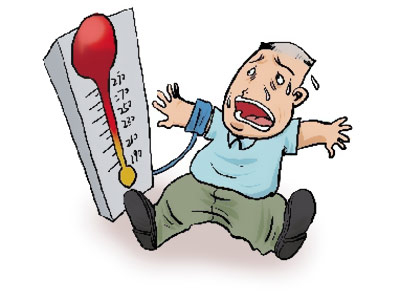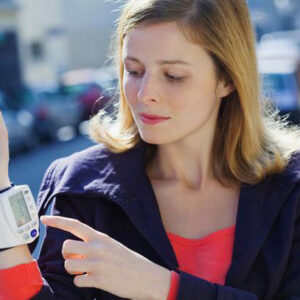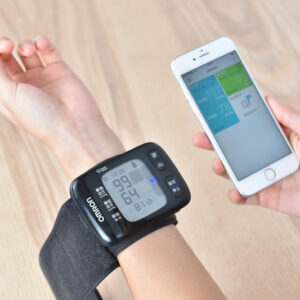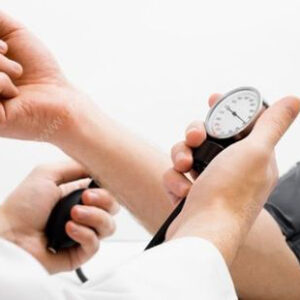Once upon a time, in a land far, far away, there lived a king who was known for his love of food and wine. Despite the many warnings from his doctors about the dangers of excessive eating and drinking, the king continued to indulge himself. One day, he collapsed on his throne and was rushed to the castle’s infirmary.
There, the kingdom’s best physicians measured the king’s blood pressure readings and were alarmed by the results. They explained to him that his blood pressure was dangerously high and that he was at risk of suffering from a heart attack or stroke if he didn’t change his ways.

The king was surprised to learn that there were two numbers in his blood pressure reading, and he had no idea what they meant. The doctors patiently explained that the higher number (known as the systolic pressure) measures the force of blood against the walls of his arteries when his heart beats, while the lower number (the diastolic pressure) measures the same force when his heart is at rest between beats.
The physicians further explained that a normal blood pressure reading should be around 120/80 mm Hg, and anything above this range could indicate hypertension, which is a major risk factor for heart disease and stroke.
The king realized the gravity of his situation and understood that he needed to make some serious changes to his lifestyle. He started exercising regularly, eating healthier meals, and moderating his alcohol intake. In time, his blood pressure readings began to normalize, and he felt healthier and more energetic.
From that day onward, the king made sure to monitor his blood pressure regularly and sought medical attention whenever necessary. He realized the importance of understanding blood pressure readings and how it can impact one’s overall health and well-being.
And so, the people of the kingdom learned an important lesson from their king’s experience and the importance of leading a healthy and balanced life to maintain good health.
High blood pressure is a common health concern that affects millions of people worldwide. In fact, it’s estimated that nearly one-third of adults in the United States have high blood pressure. One way to monitor your blood pressure at home is to use a home blood pressure monitor. But can you trust the readings from these devices?
First, let’s take a closer look at how home blood pressure monitors work. These devices use an inflatable cuff that goes around your upper arm or wrist to measure your blood pressure. The cuff is attached to a monitor that displays your systolic (top) and diastolic (bottom) blood pressure readings in millimeters of mercury (mm Hg).
Generally, home blood pressure monitors are easy to use and provide accurate readings. However, there are some factors that can affect the accuracy of your results. For example, if you don’t properly position the cuff on your arm or wrist, your readings may not be accurate. Additionally, if you move or talk during the measurement process, this could also impact the accuracy of your readings.
Another factor to consider is the quality of the device itself. Not all home blood pressure monitors are created equal, and some may be less accurate than others. It’s important to do your research and choose a device that has been validated by the Association for the Advancement of Medical Instrumentation (AAMI) or the British Hypertension Society (BHS). These organizations test and validate blood pressure monitors to ensure they meet certain accuracy standards.
To ensure the most accurate readings possible, here are some tips for using your home blood pressure monitor:
- Choose the right cuff size: Make sure to measure your arm or wrist and choose a cuff that fits properly. If the cuff is too small or too large, this can impact the accuracy of your readings.
- Rest before taking measurements: Try to rest for at least five minutes before taking your blood pressure. This will help ensure your results aren’t impacted by physical activity or stress.
- Take multiple readings: To get an accurate picture of your blood pressure, it’s a good idea to take multiple readings over the course of a few days. Take readings at the same time each day and record your results in a journal or app.
- Follow the instructions: Make sure to follow the instructions that came with your device, as different monitors may have slightly different procedures.
In conclusion, home blood pressure monitors can be a valuable tool for monitoring your blood pressure at home. While the accuracy of your readings can be impacted by various factors, following the tips outlined above can help ensure the most accurate results possible. Remember to consult with your healthcare provider if you have concerns about your blood pressure readings or need further guidance on how to use your home blood pressure monitor effectively.





